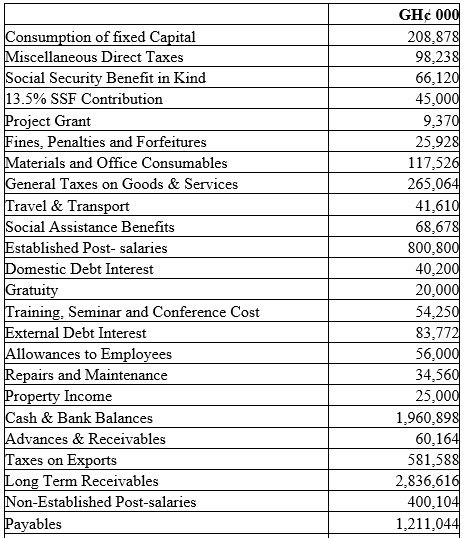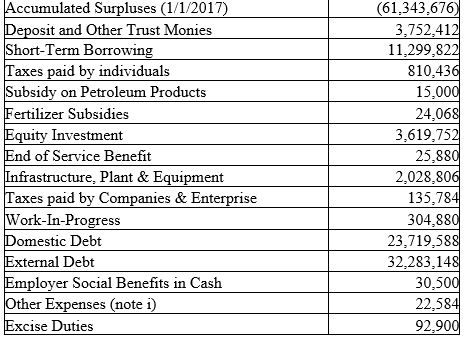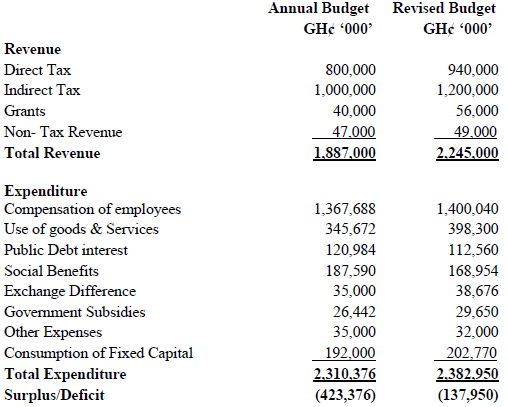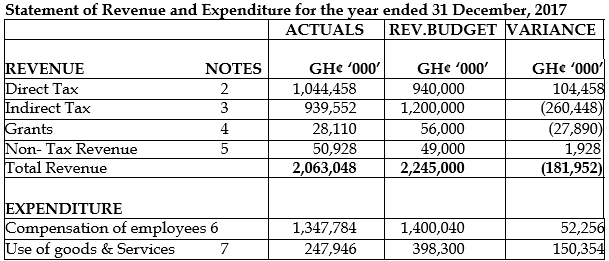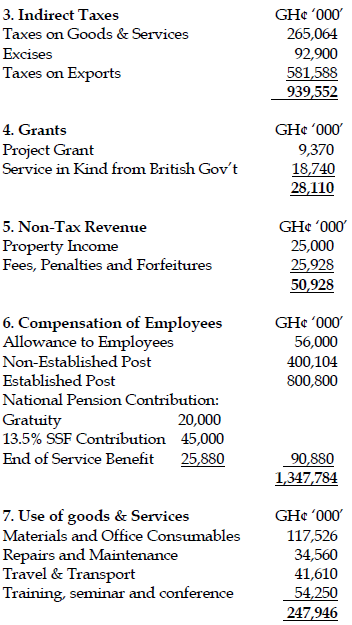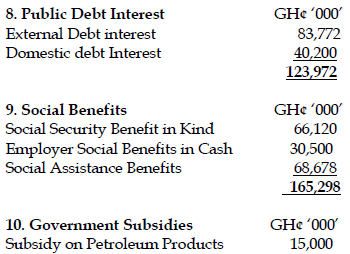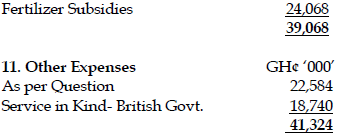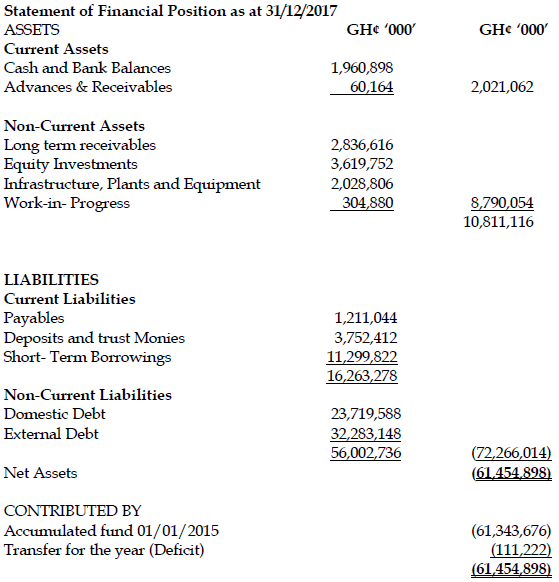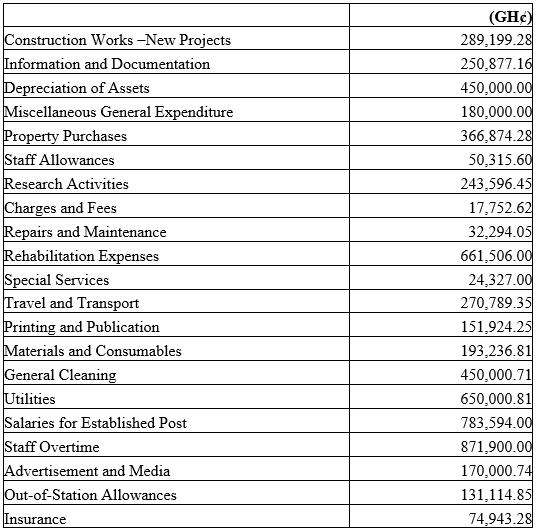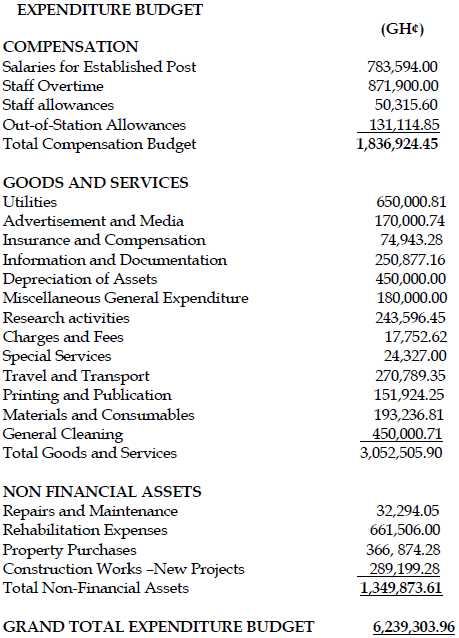May 2018 Q5 a&c
a) Minister of Health and his Chief Director attended an international conference on health administration and they found out that most countries around the world are leveraging the private sector in the provision of health infrastructure and the management of the operations of the existing facilities to secure value for the public money.
Upon their return, they decided to explore avenues for Public Private Partnerships (PPPs) in the areas of construction of health facilities on build-operate and transfer options and management of regional and teaching hospital on maintain and operate basis or rehabilitate and operate basis. The Minister is passionate about the move and wants to implement it as quickly as possible. However the Chief Finance Director has drawn his attention to the National Public Private Partnership Policy of the country and advices that they consider it seriously. The Minister has ordered the Chief Finance Director to furnish him with the guiding principles of the PPP arrangements to ensure compliance.
The Chief Finance Director has asked you to critically examine the national PPP policy document and furnish him with key guiding principles on feasible PPP arrangements he can enter into.
Required:
Explain FIVE guiding principles that the Ministry should observe in the proposed PPP projects in the health sector. (5 marks)
View Solution
- Value for money
Value for money is paramount and PPPs should give greater value for money than the best realistic public sector project designed to achieve similar service outputs. Achieving value for money is a key requirement of government at all stages of a project’s development and procurement and is a combination of the service outcome to be delivered by the private sector, together with the degree of risk transfer and financial implications for government. Value for money is the driver for adopting the PPP approach, rather than capital scarcity or the balance sheet treatment. - Risk allocation
An efficient risk allocation is vital in determining whether value for money can be achieved in PPP projects. Government’s principle with regards to risk allocation shall be used to optimise, rather than maximise, the transfer of project risks to the private party. Risks will therefore be allocated to the party best able to control and manage them in such a manner that value for money is maximised. The allocation of risk will therefore determine the chosen method of private sector involvement and allocation of responsibilities, which shall take into account the protection of the public interest. - Ability to pay
End user ability to pay shall be a key consideration for all PPP projects. The PPP option must demonstrate long-term affordability to the public and overall Government budgetary sustainability, forward commitments in relation to public expenditure and the potential for returns on private sector investment, given other priorities and commitments. - Local content and technology transfer
PPP projects shall be structured to encourage the maximum use of local content and technology transfer. As much as possible, the PPP arrangement shall facilitate the promotion of local industries and the private sector in Ghana. - Safeguarding public interest and consumer rights
Government is committed to ensuring that each PPP project shall have positive impact upon the public interest. The following principles shall be addressed in PPP transactions: safeguards to users particularly vulnerable groups; and setting affordable user charges and tariff structures. - Environmental, climate and social safeguards
The Government shall ensure that PPP activities conform to the environmental laws of Ghana and the highest standards of environmental, climate and social safeguards.
c) Public Private Partnership (PPP) has become a major vehicle through which the government is leveraging private resources and technology in provision of public services. However, PPP could become a vehicle for plunging public resources and taking public services out of reach of ordinary citizens. This concern has led to the creation of National PPP policy that provides a framework for effective PPP arrangements.
Required:
Identify TWO financial risks in PPP arrangements. (3 marks)
View Solution
- Failure to obtained funding for the project such risk arises if and when the entity is unable to obtain funding needed for the project or
- Rising interest risk, especially when debt secured for the PPP project is in foreign currency. This might arise from the circumstances of the specific entity or the private party due to, for example, the credit status or debt limitations of the party involved or investor perceptions of the risks of a project.
- Inflation and exchange rates risk. Inflation and exchange rate my posse a challenge to a PPP arrangement, especially where there is hyper inflations and depreciation of the local currency

